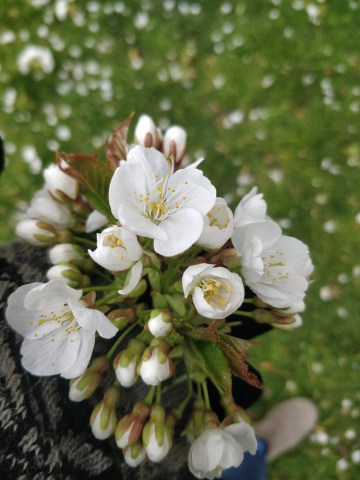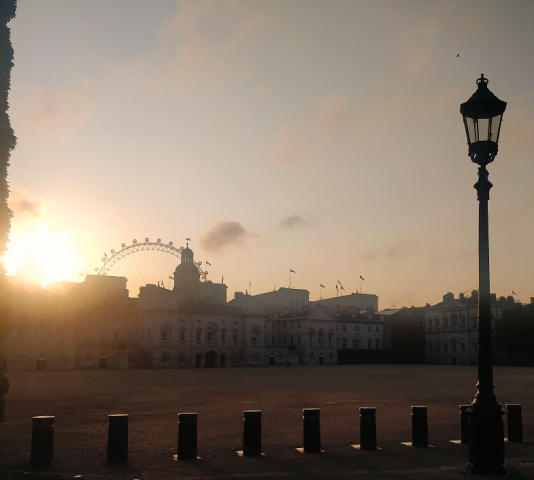Shamans

The shaman has been a cultural figure in most societies for a very long time. Not necessarily as someone called the shaman, mind – the job title’s gone through a lot of evolution. But generally, throughout history, there has been someone who does the job. A mushroom-eating wise one who communicates with the spirits; a tribal elder; a keeper of history and lore; a knower of stories – arguably even the local vicar had a certain shamanistic something about him for a while, and I challenge any theological historian to deny that the Holy Ghost hasn’t moved in some remarkable ways in his time.
And naturally, in the realms of urban magic, there are shamans too.
They tend to take on two forms. In institutions such as the Tribe – a medley of outcasts and angry social pariahs – the shaman is a leader, a keeper of memories or, more often, feuds, a guide and a mentor, such as it is. In less structured societies, the shaman can fulfill a more flexible role. They are the ones who see the truth of things – not a simple black and white truth of ‘my dog has five legs and this is a lie’ – but rather the truth of things that are just beneath the surface. They are the ones who see the hands that built the streets, who see the shadows that lie just below the shadow that you cast as you walk, who know which lampposts hide the dryads and which alleys you should and should not walk down once the lights have gone out. They walk a fine line between the world that is, and the world that is just below the surface, and as a result can make for excellent counselors, albeit not very good tour guides.





